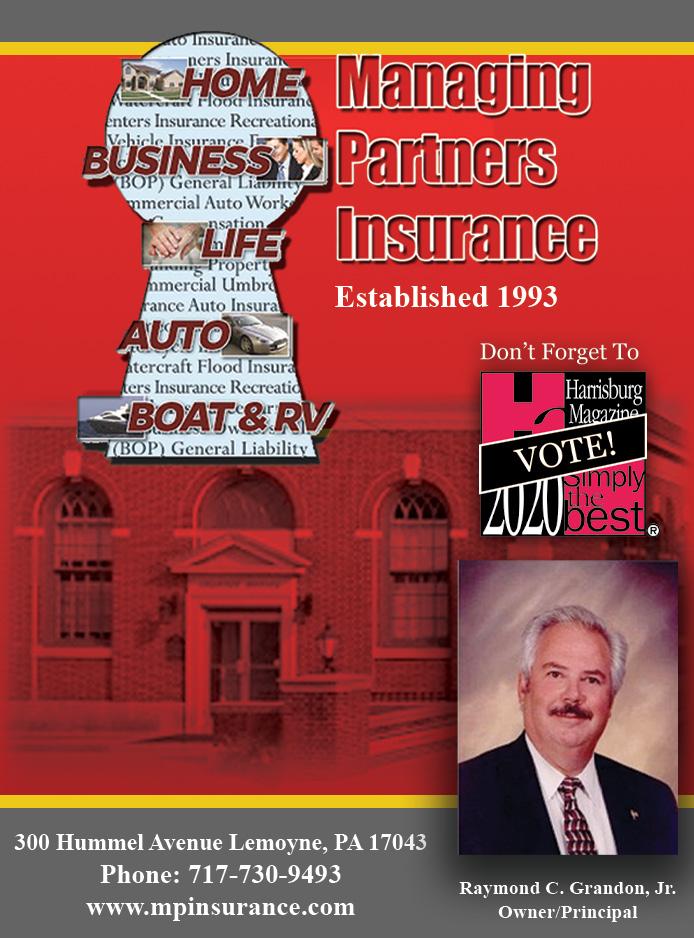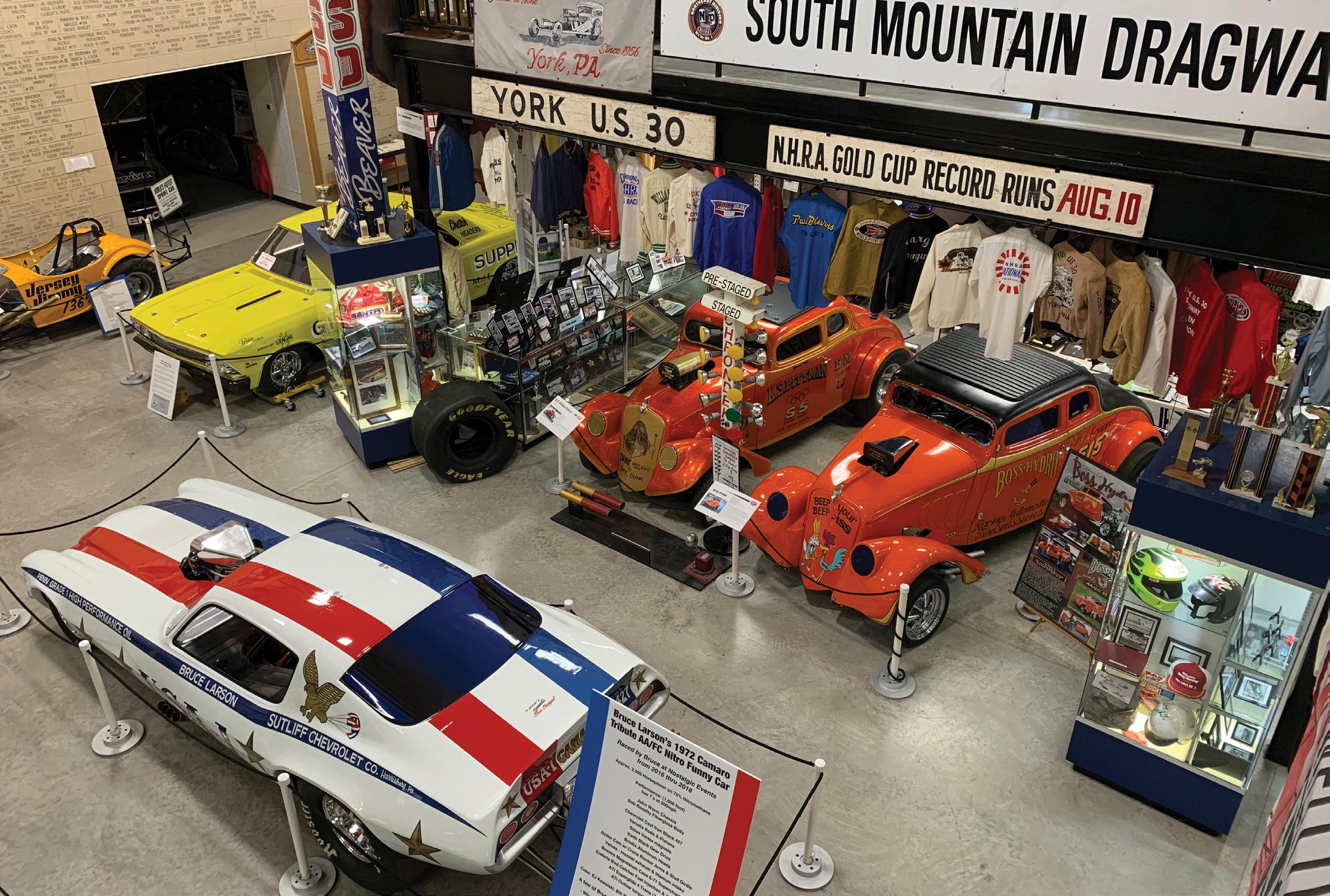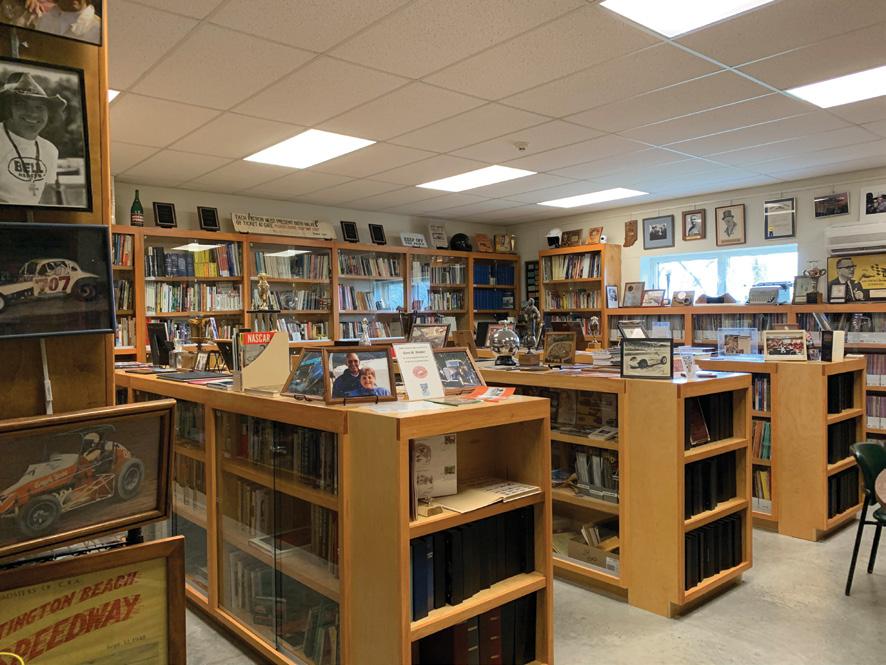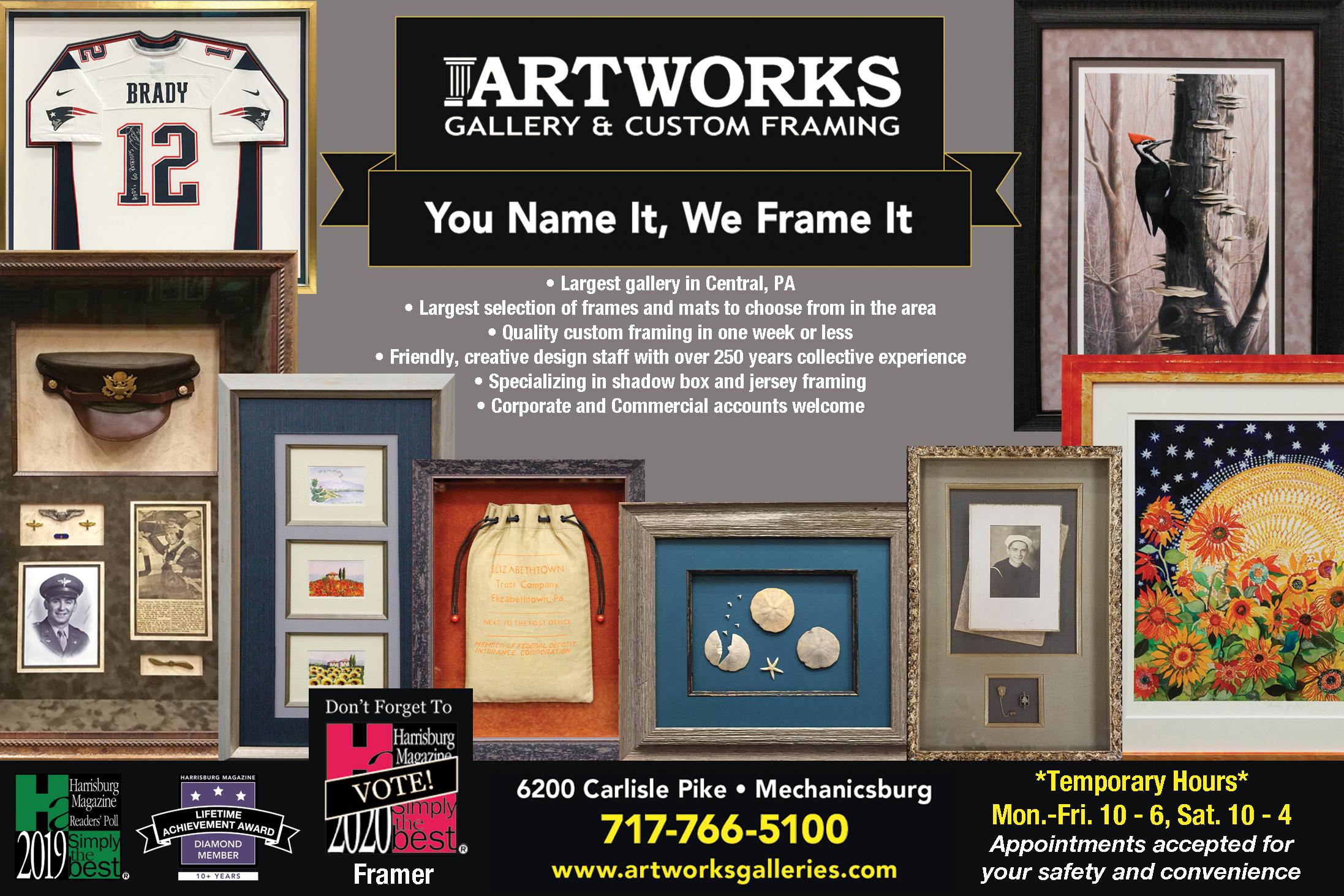
6 minute read
VROOM... THE NEED FOR SPEED
Vroom. . . The Need For Speed By Jeff Falk • Photos Courtesy of The Eastern Museum of Motor Racing
Ever since Henry Ford invented the Model T, man has wanted to go faster. Added to this fact that humans are, by nature, competitive, and at its most basic level, that’s how car racing began.
The Eastern Museum of Motor Racing honors those modest roots and explores our basic need for speed.
The museum was built by motorheads for motorheads, but as it has evolved, it’s included something for everyone. Ideal for locals and tourists alike, the Eastern Museum of Motor Racing might be one of the Harrisburg area’s best kept secrets.
“Let’s go back to the chariots in Rome,” says Lynn Paxton, museum curator. “What did they do with them? They raced them. Then there was some guy who said, ‘Let’s charge admission for them.’ When the automobile came along, it was just the next step. There’s a competitive nature to it. If you’re going to be competitive, you want to make your vehicle faster. There’s a need for speed. Everybody wants to win. If you lose, you want to learn and you want to get better.
“For a hundred years now, we’ve gone from horses to automobiles,” adds Paxton. “The horse gave way to automobiles, and it was just natural we had automobile racing. It’s an evolution, and one I think helped build America.”
Located at 100 Baltimore Road, York Springs, just off Route 15 South of Dillsburg and a short drive from Harrisburg, the Eastern Museum of Motor Racing is a must-visit for racing fans and automobile enthusiasts. It bills itself as a living museum, one which is constantly changing its displays and exhibits. Admission is free.
“Central Pennsylvania has always been a hotbed for racing,” says Paxton, himself a one-time racer. “We’re more or less the historian. I’d say we’re one of the best kept secrets in Adams County. We don’t have money to advertise, so our best advertising is word of mouth. When visitors come in, they don’t know what to expect. My first question is always, ‘How did you find out about us?’ Once we find out what their interest is, we can tailor the tour to them.
“It’s gotten bigger over the years,” adds Paxton. “We always try to tell every story we can. There are so many facets of racing in this area. We get people who come in and look at one thing and they end up being amazed at everything.”
Upon entering the Eastern Museum of Motor Racing’s front doors, visitors are greeted with an almost overwhelming visual stimulation caused by the sight of high-performance machines, motors, and racing gear. It is at that point that one’s imagination takes over, and if you’re not careful the smell and sounds of racing history will fill the air.
The museum pays tribute to the past of every racing classification imaginable – from sprint cars to midgets, from stock cars to drag racers, from Indy cars to motorcycles.
“At a lot of museums, you walk from piece to piece. Ours is a little different,” says Paxton. “Everything has historic value and a story to tell. Visitors say our museum is comfortable. It has a flow to it. It seems everybody is pleased. People will say, ‘This is more than I thought it would be.’ Once you’re a racing fan, you’re a racing fan for life.
“There are so many different classifications, and there are so many






ways to be involved,” Paxton continues. “Our place is kid friendly. We have cars you can sit in. We cater to kids, and they all leave with a car. I think that really helps us. I think the key to our being is the education of our kids.”
The history of the Eastern Museum of Motor Racing’s evolution is almost as interesting as that of the sport itself. The museum was founded on the site of the former Latimore Valley Fairgrounds in the early 1980s.
The Latimore Valley Fairgrounds was the home to a race track and competitions were held there between 1925 and 1940. In 1939, a race track was constructed at nearby Williams Grove.
“The Williams Grove Old-Timers was the start of it,” says Paxton. “Jack Dunn was a promoter at Williams Grove, and he wanted to have an event to have people come back. The first one was scheduled in 1975, and it was just a great event. He’d do it as an annual event.
“In 1980, Jack passed away from cancer,” continues Paxton. “Four of us got together, because we did not want it to die when Jack died. A group of us went down to the old (Latimore Valley) fairgrounds and looked around, and it was really neat. We put the house on a good foundation, and that’s where it started. It was a pipe dream, but we had the right people. Over the next couple of years, we turned it back into the old fairgrounds. It officially opened in 1985, and we’ve been holding a fair ever since.”
Since then, the Eastern Museum of Motor Racing has undergone four different

expansions and modernizations. A second story was added to the building in 2000, and according to Paxton, ‘Now we’re too small again.’
“You can still see the old race track,” says Paxton. “It was abandoned, but it was never turned into anything else. You can still see the way it was. We saved whatever we could. If you like history, we can show you how it started. We can show you the machines that made it go. The need for speed is alive and well.
“People who care about how this started, who care about the pioneers of the sport, those are the people we see all the time,” adds Paxton. “People who care about history are the people we cater to. We can paint them a good picture. You feel good when people walk out and they’ve learned something they didn’t know.”
While the focus of the Eastern Museum of Motor Racing is on history, it seems that its future is just as bright. That’s a testament to the passion and commitment of racing fans in central Pennsylvania.
“We have to keep adapting and updating,” says Paxton. “We have to tell the story of old stuff, but we also have to keep moving the scale. History isn’t something that happened yesterday. We want to show people the transition.
“If you’re going 30 miles-an-hour and then go up to 70 on an open highway, it feels good,” concludes Paxton. “But then you get accustomed to it. Once you do it, it all slows down for you. For some people, speed bothers them. But racing has nothing to do with speed. It’s about how competitive you are.” 7










